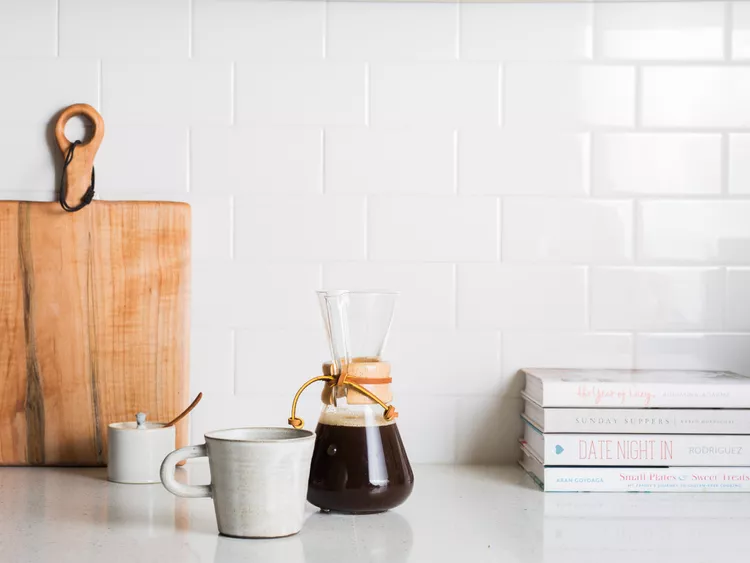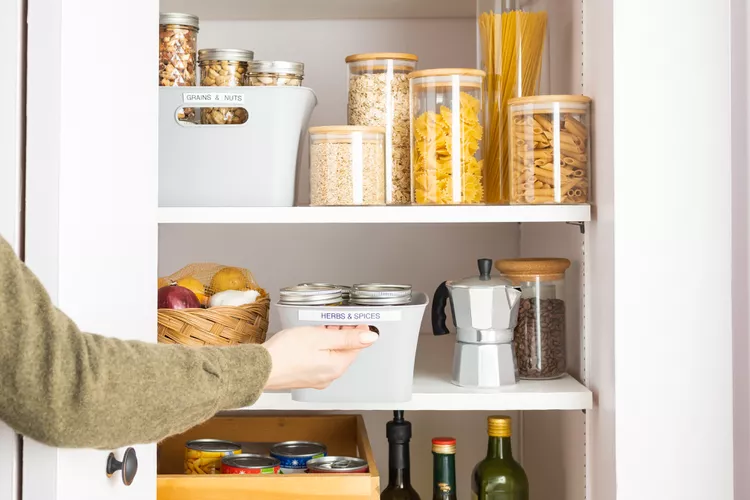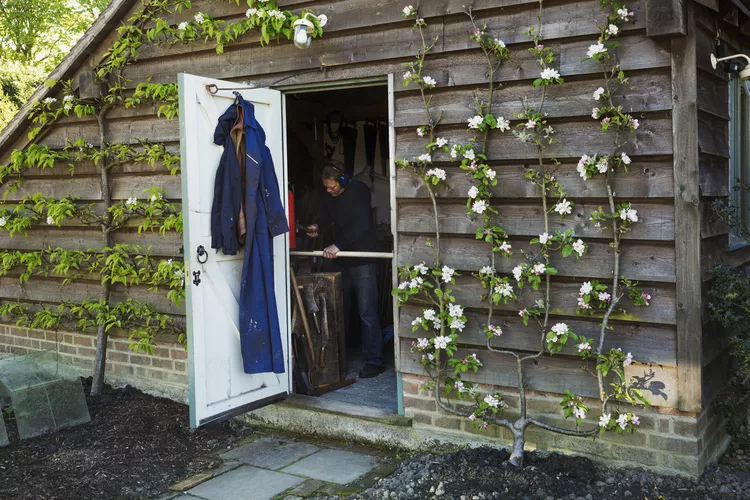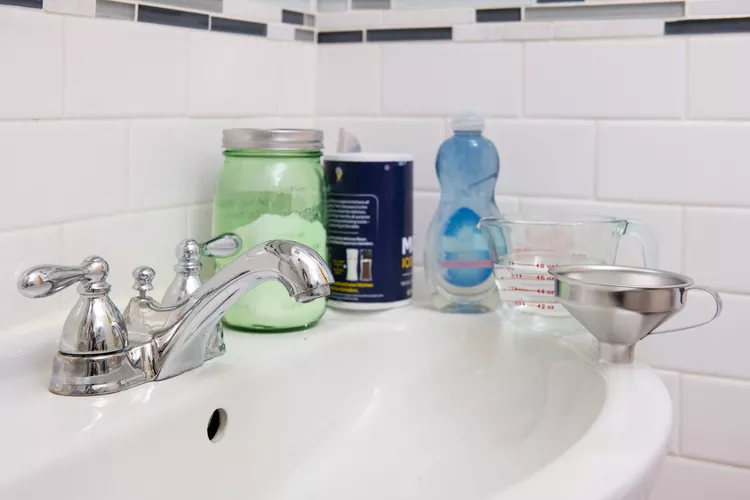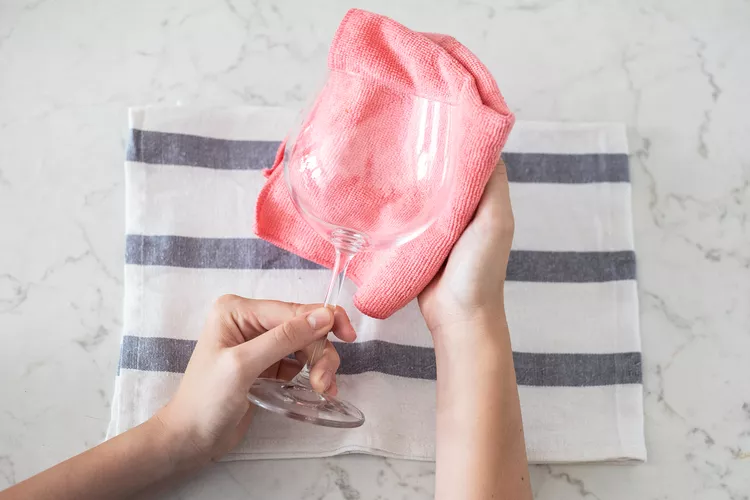It’s a safe bet that few people would say they actually like clutter. It seems like no matter how much we find a place for everything in our home, before we know it, things start to look messy again.
Never fear, it is entirely possible to live in a home that is naturally free of clutter. Before that can happen, though, you will probably have to do some soul-searching. As professional organizer Laura Cattano says, “It’s not the stuff. It’s you.”
“I love this time of year, looking at the new year and goals,” Cattano says. “I ask my clients ‘How do you want to live? Think about how you want to live in your space. Then think about how you want your space to feel. If you can identify those two things, then look at everything in your life through the lens of ‘Is this going to get me what I want?’“
Below, experts share their tips for keeping your home clutter-free.
MEET THE EXPERT
- Laura Cattano is a professional organizer with 17 years of experience and an interior stylist. She is the owner of Laura Cattano Organizational Design.
- Joanna Wirick is a professional organizer and owns Joanna Organize.
Get Rid of It
“My definition of clutter is the stuff that people have and think they need but don’t actually use it. It doesn’t add anything to their life,” Cattano says. “It’s on a shelf or in a drawer, and it isn’t making your life better.”
She continues: “The best thing you can do is get rid of anything that doesn’t help you. You buy stuff that helps you do something.”
So instead of holding on to things for “just in case” or because you got a great deal, just let it go. “Whether or not you use something isn’t a reason to keep or get rid of it,” says Cattano. “It’s how you live your life. Put yourself before the stuff. ‘How I want to live’ is more important than ‘I want to have 17 can openers.’’”
Be Mindful of Purchases
“Training ourselves to keep things tidy starts with being honest with ourselves and a willingness to get uncomfortable,” says a professional organizer Joanna Wirick. “Many of us want a tidier, less-cluttered home, but we’re not willing to take an honest and close look at our spending habits.”
Gifts are often a major part of the holidays, but Cattano says reducing this spending can help prevent clutter. “It took years to get people to understand I prefer not to have a gift. Why am I buying my adult brother a Christmas present? He doesn’t need anything. I’ll buy it for nieces and nephews but not adults because then it’s just something to deal with.”
She acknowledges that it can be difficult to get buy-in on this idea. “Not everyone is going to listen. Who will? Sister? Friend? Every little thing helps.”
With children, Cattano suggests that parents prep them for receiving gifts. “Tell them we are going to be getting some gifts, so let’s take a look at our things and see what we can take away and make room for the new stuff.”
Change Your Habits
When going through items, Cattano has a message for her clients. “If you are already overwhelmed in your space, then something has to go,” she says. “There is a lesson to learn: Nobody wants your old toys. If throwing it out makes you feel bad, well it should. Be more conscious before you bring something in or get something that can be reused and passed on.”
Look at Storage Choices
Being intentional about what you store out in the open and what is hidden away makes a big difference in how your space feels. “I find the biggest issue is that there isn’t a good balance between open and closed storage,” Cattano says. “Think about what is going to happen in that room. Then take a look at the stuff there and decide what you want to see. Maybe add a door unit and a shelf unit,” she says. “I know it’s expensive to go out and buy new furniture, so if you have all open storage, I like to use decorative boxes to hide it.”
Create Cleaning Rituals
“It’s easy to slip into old habits after the novelty of New Year’s resolutions has worn off, but implementing two simple daily rituals will help prevent clutter from taking over,” says Joanna Wirick, professional organizer and owner of Joanna Organize. She breaks this tip into two parts: morning and evening.
“Each night, tidy up common areas by following the five things tidying method,” she says. “This gives structure to the ritual. I also fold blankets and fluff pillows. It may seem silly to reset spaces that will get used the next day, but this tactic is a sure way to stay on top of clutter. In the morning, finish up any area that you didn’t complete the night before. I typically unload the dishwasher and prep breakfast.”
Wirick says it all comes back to habits. “If you buy in bulk but don’t have the storage room for excess, change this habit,” she says. “If you get gifted hand-me-downs that you don’t like, set a boundary. Changing habits is difficult, but as long as you have a grown mindset and are willing to get comfortable with the discomfort change brings, you can do it!”



